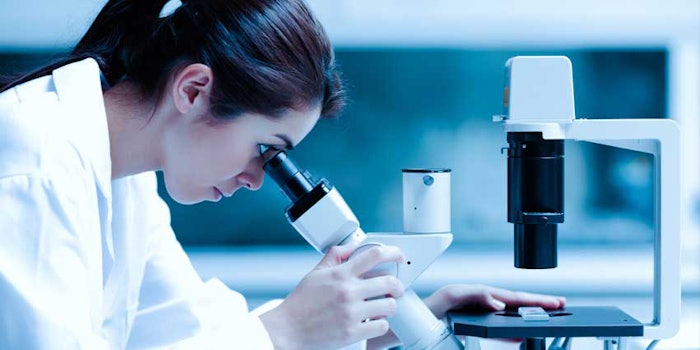
A recent study, which was published in the Science Translational Medicine journal, discovered a new technique to help patients get their skin examined under a microscope and receive results as to whether they have cancer within minutes.
A Closer Look at Mitochondria
This new method gives doctors the opportunity to see patients’ mitochondria under a high-resolution microscope—known as a multiphoton microscope—and can serve as an alternative to a skin biopsy, which requires skin to be sliced off and sent to a lab.
Mitochondria are the powerhouses of the cell, which "often form beautiful networks inside cells,” said Irene Georgakoudi, the study’s lead investigator and an associate professor of biomedical engineering at Tufts University in Medford, Massachusetts.
According to Georgakoudi, the mitochondria become unorganized when cancer disrupts the networks and doctors who see this directly can potentially diagnose skin cancer and other disorders.
New Technique Pros
The idea of this cancer-detecting method arose about 10 years ago, when researchers realized they can view skin tissue without a biopsy utilizing the right tools.
The multiphoton microscope uses photons—particles of light—allowing researchers to see a molecule called nicotinamide adenine dinucleotide (NADH). NADH is naturally present in most cells and glows under light of a specific wavelength, which helps research detect it.
"When NADH is in the mitochondria, it gives off a strong signal," explained Georgakoudi.
With NADH's glow, researchers do not have to inject patients with dyes to highlight the mitochondria, added Georgakoudi.
Testing the Process
To test the new technique, Georgakoudi and her colleagues used the microscope to take images of 10 people with skin cancer—ranging from dangerous to less dangerous forms such as melanoma to basal cell carcinoma—and four people with healthy skin.
Georgakoudi explained how the team analyzed data from 17 diseased locations and 12 healthy tissue locations overall.
"We analyzed the images, in an automated way that requires only a couple of additional minutes, to characterize the manner in which mitochondria organize," she said.
Different Layers, Different Functions
Georgakoudi explained how cells in different layers serve different functions, which is why the team of researchers found healthy mitochondria organizing in different ways in different cell layers.
"In the melanoma and the basal cell carcinoma lesions, these distinct variations in the organization of the mitochondria as a function of depth from the surface were more or less eliminated," explained Georgakoudi.
To verify these results, the researchers had a pathologist conduct a traditional biopsy on the same tissue samples, she said.
Moving Forward
Georgakoudi expects for the cost of the multiphoton microscope to drop in the next few years, as the equipment is expensive currently.
Furthermore, if this new method proves to be successful in large studies, patients can expect to be checked for skin cancer within minutes without undergoing a biopsy.
Source: www.livescience.com










